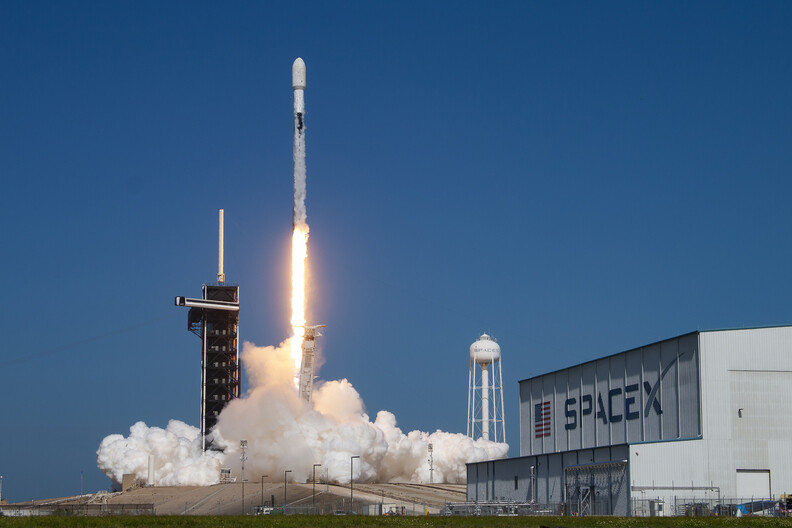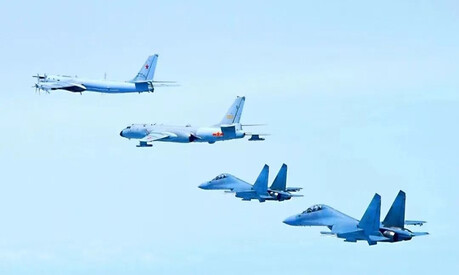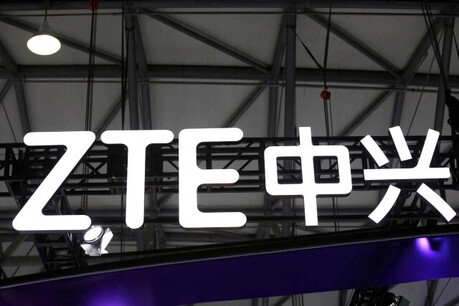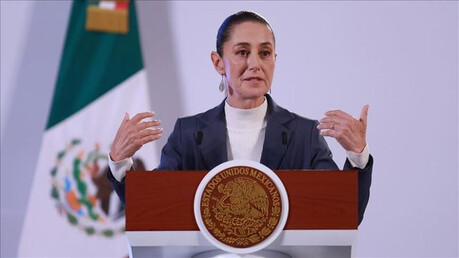
BOCA CHICA, Texas — In a crucial demonstration of its capabilities, SpaceX's towering Starship rocket completed its tenth integrated flight test on Tuesday, marking a significant milestone after a series of setbacks this year. The successful mission saw the vehicle achieve several key objectives, including the first-ever deployment of a payload in space, boosting confidence in the rocket's future as a fully reusable launch system for both commercial and interplanetary missions.
The two-stage vehicle, consisting of the Super Heavy booster and the Starship upper stage, lifted off from SpaceX's Starbase facility near Boca Chica, Texas, at 6:30 p.m. Central Time. The flight marked a much-needed success for the company following three consecutive test failures earlier in the year, which had raised concerns about the program's development timeline.
Just under three minutes into the flight, the Super Heavy booster successfully separated from the Starship upper stage. Unlike previous attempts to catch the booster with the launch tower's "chopstick arms," this flight focused on a controlled soft-splashdown in the Gulf of Mexico. The booster's engines performed a successful landing burn and came to a stop just above the water before settling in, collecting critical data for future attempts at a controlled return to the launch site.
Payload Deployment and Reusability
Following stage separation, the Starship upper stage continued its ascent into a suborbital trajectory. A major test objective of the flight was the deployment of eight mock-up Starlink satellites, a procedure that had failed on previous attempts due to a malfunctioning payload door. This time, the small door on the side of the vehicle opened as planned, and the satellite simulators were dispensed one by one, similar to a "PEZ dispenser," to the cheers of the ground team. This successful deployment is a critical step in proving Starship's potential to become a primary launcher for future, larger Starlink satellites, a major pillar of SpaceX's business model.
After the payload deployment, the Starship upper stage navigated a 66-minute flight, coasting through space before beginning its fiery reentry into Earth's atmosphere. Video feeds from the vehicle's cameras showed its heat shield tiles glowing red-hot from the extreme temperatures. Despite some minor ablation of the flaps and skirt, the vehicle remained intact throughout the descent, a stark contrast to previous tests that ended in catastrophic explosions.
Upon splashdown in the Indian Ocean, the vehicle's engines briefly reignited, allowing the massive spaceship to right itself and stand upright for a few seconds before settling into the water. This maneuver demonstrated a high degree of control and validated a crucial aspect of the vehicle's reusability design. The ability to perform a controlled, upright splashdown is a key step toward the ultimate goal of propulsively landing Starship on a launch pad, just like the company's Falcon 9 booster.
A New Chapter for Interplanetary Ambition
The success of the tenth flight test revitalizes the Starship program and its ambitious goals. The 123-meter-tall Starship, which stands taller than the Statue of Liberty, is designed to be the most powerful and largest launch vehicle ever built. It's envisioned to carry over 100 people and up to 150 metric tons of cargo to Earth orbit, the moon, and Mars.
SpaceX's long-term goal is to make humanity a multi-planetary species, with Starship at the heart of this vision. The vehicle is also a centerpiece of NASA's Artemis program, selected as the human landing system that will return astronauts to the lunar surface. With the Artemis III mission currently targeting a launch as early as 2027, every successful test flight is a crucial step toward meeting that timeline.
While there are still significant technical hurdles to overcome, including the development of orbital refueling capabilities and a system for catching the booster and ship with the launch tower, this latest success marks a powerful return to form for SpaceX. It demonstrates the iterative and determined approach that has defined the company's journey and brings Elon Musk's vision of a future on Mars one step closer to reality.
[Copyright (c) Global Economic Times. All Rights Reserved.]






























